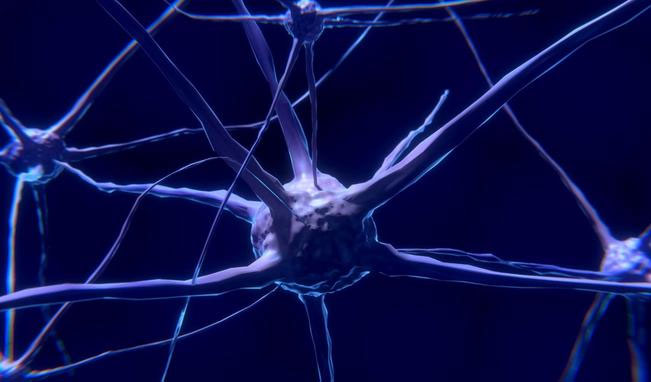The human brain consumes more energy than any other organ. This information may surprise many, but it is indeed the case. So why is the brain the most energy-consuming organ? Scientists are gradually uncovering the answer through in-depth studies of the human brain.
Recent research from Weill Cornell Medicine has discovered that this energy consumption occurs even when the brain is at rest and neurons are not signaling each other as they normally do.
For example, even in a state of inactivity, such as a coma, the glucose consumption of the brain typically decreases from normal levels to about half.

The process of packaging neurotransmitters may be the reason behind this energy expenditure.
Scientists believe that the packaging of neurotransmitters (the chemical molecules used by the nervous system to communicate messages between neurons) may be responsible for this energy consumption.
Experts have identified that synaptic vesicles appear to be the main energy consumers of inactive neurons. These vesicles serve as storage for neurotransmitters released from synapses to send signals to other neurons when the brain is active.
According to scientists, the packaging of neurotransmitters into synaptic vesicles is a process that is always leaking and leads to a significant energy expenditure even when the vesicles are full and the synapses are inactive.
During the inactivity of synapses, the vesicles contain thousands of neurotransmitters but show signs of energy leakage, also known as “proton flow” from their membranes. Thus, a type of enzyme, “proton pump”, is particularly needed to keep functioning, leading to energy consumption.
Energy maintaining neurotransmission is always leaking
Researchers found that the source responsible for this proton leakage is proteins known as transporters (which typically bring neurotransmitters into synaptic vesicles) that change shape to carry neurotransmitters into the vesicles while simultaneously allowing protons to escape. The energy required to maintain this shape change is kept at a low level and allows for faster replenishment of neurotransmitters, facilitating quicker thinking and action.

The packaging of neurotransmitters into synaptic vesicles is a process that always has leakage.
The lead author of the study, Timothy Ryan, a professor of biochemistry at Weill, explains: “The downside of the ability to transmit faster is that even random thermal fluctuations can trigger the shape change of the transporter, causing continuous energy expenditure even when no neurotransmitters are moving.”
Although the leakage from each vesicle is very small, there are hundreds of trillions of synaptic vesicles in the human brain, so the energy expenditure adds up significantly.
This discovery not only provides new insights into the brain but also opens up treatment pathways for metabolic deficiencies in diseases such as Alzheimer’s or Parkinson’s.
Dr. Ryan concludes: “If we can find a way to safely reduce this energy expenditure and slow down metabolic processes in the brain, it could have a significant clinical impact.”
The research has been published in the journal Science Advances recently.


















































